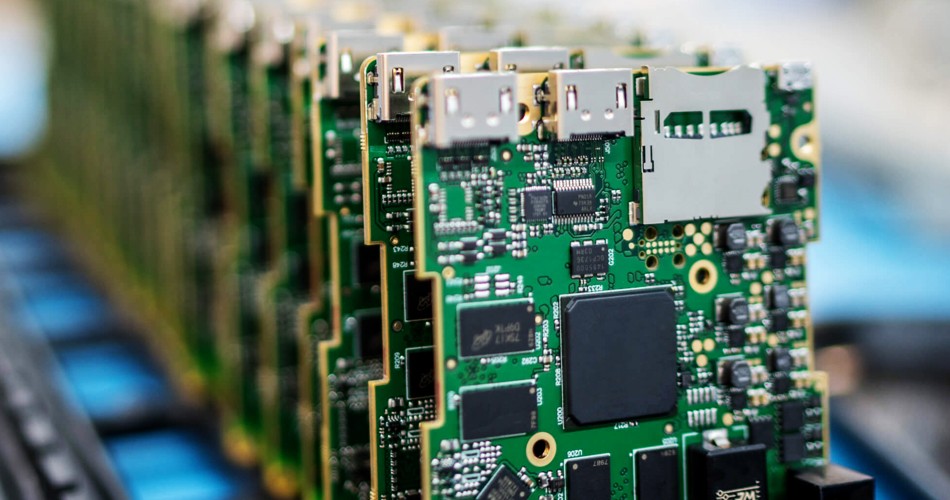- English
- Español
- Português
- русский
- Français
- 日本語
- Deutsch
- tiếng Việt
- Italiano
- Nederlands
- ภาษาไทย
- Polski
- 한국어
- Svenska
- magyar
- Malay
- বাংলা ভাষার
- Dansk
- Suomi
- हिन्दी
- Pilipino
- Türkçe
- Gaeilge
- العربية
- Indonesia
- Norsk
- تمل
- český
- ελληνικά
- український
- Javanese
- فارسی
- தமிழ்
- తెలుగు
- नेपाली
- Burmese
- български
- ລາວ
- Latine
- Қазақша
- Euskal
- Azərbaycan
- Slovenský jazyk
- Македонски
- Lietuvos
- Eesti Keel
- Română
- Slovenski
- मराठी
- Srpski језик
What are the differences between lead soldering and lead-free soldering in PCBA processing?
PCBA is one of the important links in the manufacturing process of electronic products, which involves the soldering process, and soldering can be divided into two main types: lead soldering and lead-free soldering. Here are the differences between them:

Material composition:
Lead soldering: Lead soldering uses solder containing lead, usually an alloy of tin and lead, with a common ratio of 60% tin and 40% lead. Lead has a lower melting point, making the solder easy to melt and flow.
Lead-free soldering: Lead-free soldering uses solder that contains no lead or very low lead content, usually a combination of tin, silver and other alloys. This solder is more environmentally friendly because lead is considered harmful.
Melting point:
Lead soldering: The melting point of lead solder is relatively low, usually between 183°C and 190°C, which makes it suitable for soldering electronic components with low melting points.
Lead-free soldering: The melting point of lead-free solder is higher, usually between 215°C and 260°C, so a higher soldering temperature is required.
Environmental friendliness:
Lead soldering: The exhaust gas and waste residue produced by lead soldering contain lead, which may cause harm to the environment and health. Therefore, lead soldering is considered to be environmentally unfriendly.
Lead-free soldering: Lead-free soldering uses environmentally friendly solder, which reduces the adverse impact on the environment and is therefore widely adopted to comply with environmental regulations.
Structural reliability:
Lead-free soldering may pose some challenges to the connectivity and structural reliability of electronic components in some cases, as high temperatures and high melting points may cause soldering defects such as cracks and cold solder joints.
Electronic industry standards:
The international electronics industry generally tends to adopt lead-free soldering to comply with environmental regulations and encourage the reduction of lead use.
In general, lead soldering and lead-free soldering have their own advantages and disadvantages, and the choice of which method depends on the product requirements, environmental regulations, and production processes. However, with the improvement of environmental awareness, lead-free soldering is becoming more and more popular in the field of electronic manufacturing.
Send Inquiry
-
Delivery Service






-
Payment Options









